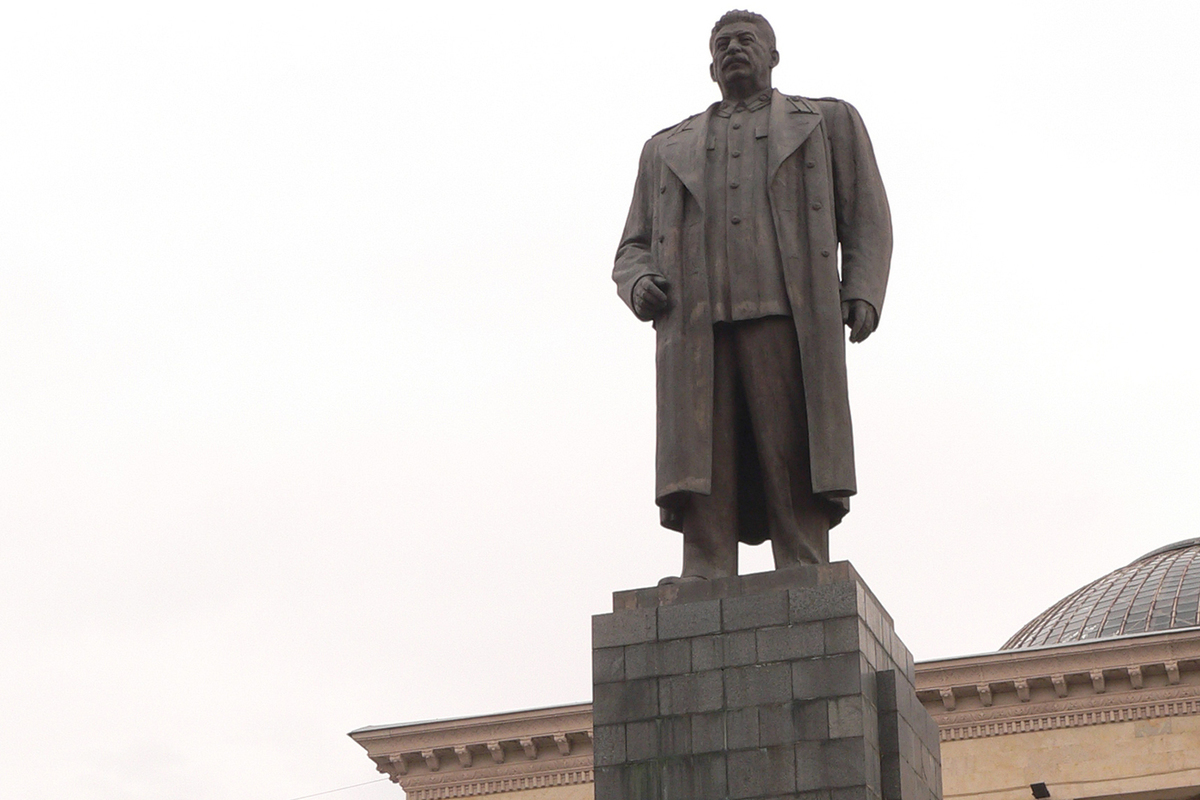“Rejection of bourgeois democracy”: the reason for the appearance of new monuments to Stalin has become known
[ad_1]

“A symbol of opposition to the West, a symbol of Victory”
In Russia, people began to remember Stalin more and more often. The other day, the mayor of Novokuznetsk, for example, recalled on air that the city was previously called Stalinsky and suggested thinking about installing an appropriate monument or composition. Before this, the monument to Stalin was unveiled in Orlov, Kirov region, in Velikiye Luki, Pskov region, in the Tver region, and in Tatarstan. The Stalin Center appeared in Barnaul. We talked about the emerging trend with a political scientist and psychologist.
“I attribute this to the changing situation in the country,” says political scientist Alexei Makarkin. — Previously, we looked at what people with liberal views would say, what human rights activists would say. Now everything has changed. A special operation is underway. Among the people who voluntarily go to the Northern Military District zone, there are many statists and statists who have a positive attitude towards Stalin. Many of them went to the militia starting in 2014.
As the expert says, there is an active part of society, and this is approximately 20% who live by the topic of SVO. Some are collecting humanitarian aid, some are making trench candles, weaving camouflage nets, some are engaged in patriotic education, some are defending their positions on social networks and forums. They appeal to the experience of the Great Patriotic War. For many of them, Stalin is a symbol of opposition to the West, a symbol of Victory.
— These people are very active and motivated. Their role is now strengthening, and anti-Stalinist tendencies are weakening.
Alexey Makarkin reminds that 2025 is approaching, when the country will celebrate the 80th anniversary of Victory in the Great Patriotic War.
— And if earlier monuments to Stalin were erected on the initiative of the Communist Party of the Russian Federation in some private, closed territories, now we are talking about some public spaces.
Social psychologist Alexey Roshchin recalls that monuments to Stalin were unveiled before.
— I myself saw such a monument in Yakutia, as well as in Penza, although in the courtyard of the local regional committee of the Communist Party of the Russian Federation. Previously, all this was in a more hidden form, but now monuments to Stalin have begun to be erected openly.
The psychologist believes that this is due to the fact that Stalinist narratives can be traced in our politics. This is both the fight against Nazism and the rejection of bourgeois democracy.
— They erect both monuments and busts to the Soviet leader. There is also a certain shockingness in this, a desire to express protest. Older people often say: “You don’t have Stalin.” Young people are picking this up now too. They say that under Stalin there was no corruption, because he put all embezzlers against the wall. This popular idea originated during the Brezhnev stagnation. Of course it is distorted. But Stalin is presented as a fair ruler who managed to consolidate society not with money, but with ideals. And everything was fine with him. But people familiar with history, of course, know how it really happened.
[ad_2]
Source link








